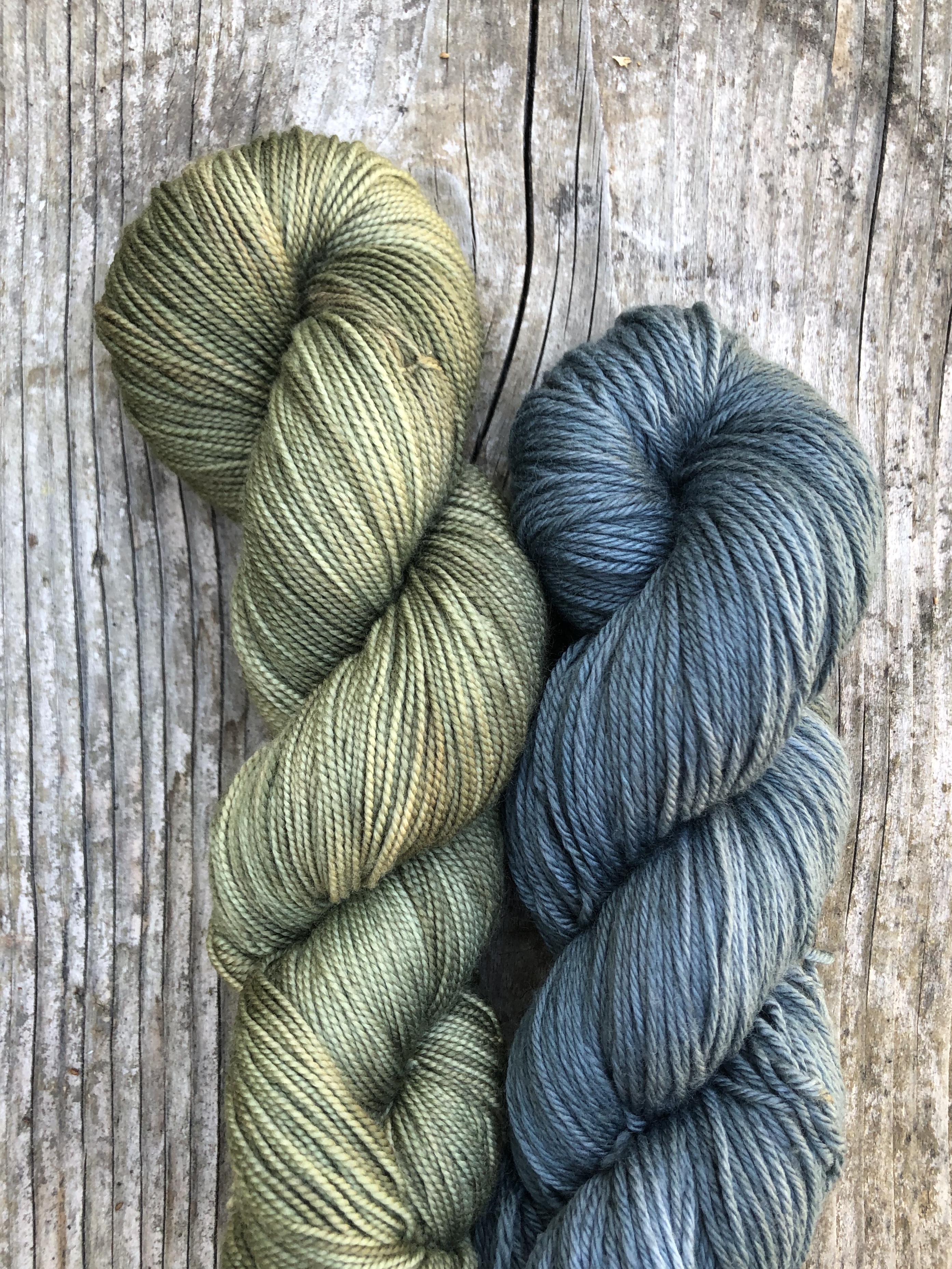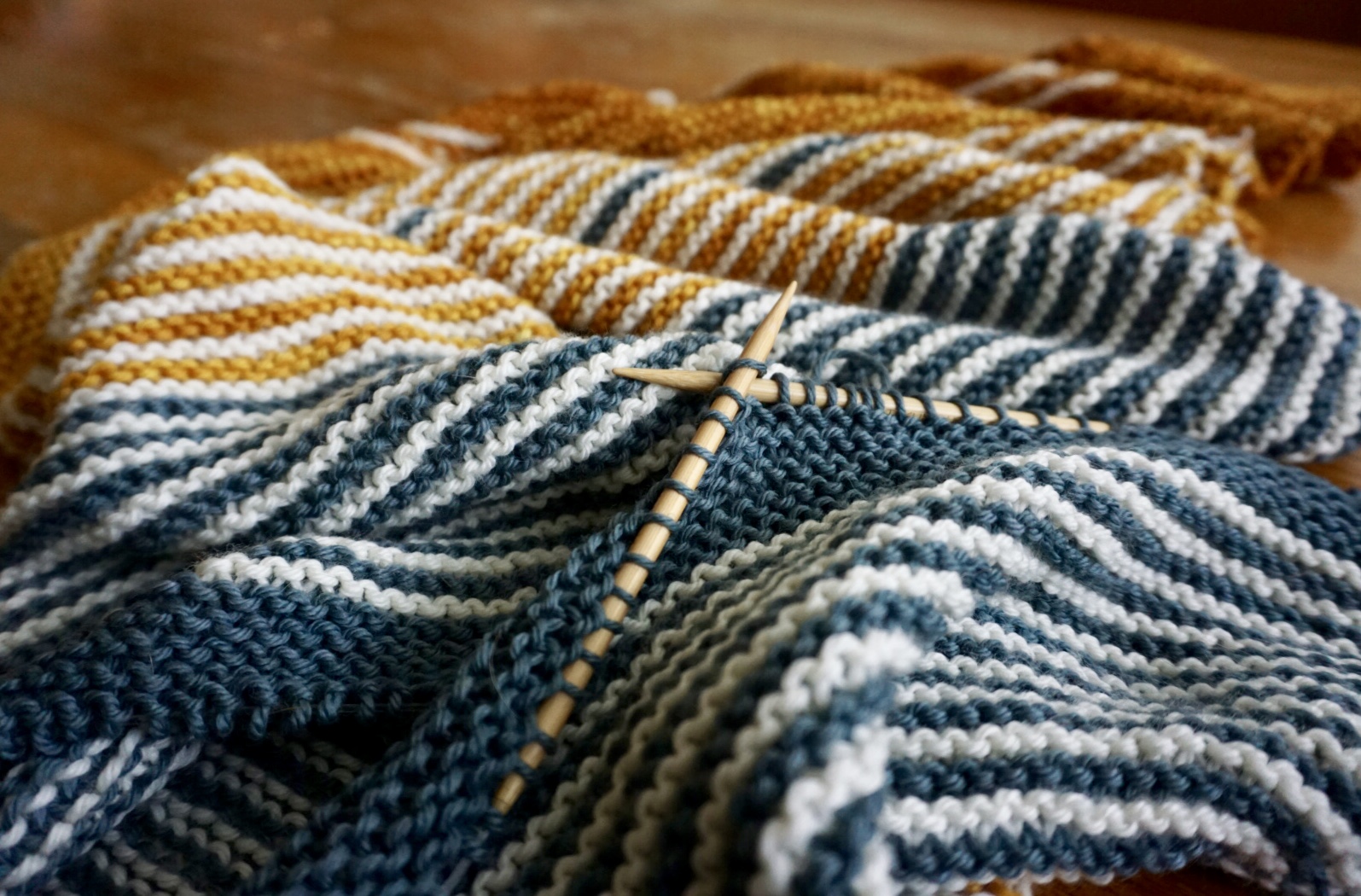
Black hollyhocks bewilder me. Each year I add more plants to my garden, amazed at their height, their voracious bloom cycle, and the unpredictable dye I achieve from their blossoms.
I originally bought them to plant outside my daughter’s window when she began her interest in all things related to death and decomposition, believing it would be hilarious to fill her view with black flowers. (It was around this time I also researched if mortuaries offered a teen volunteer program). Alas, the blossoms aren’t truly black but a deep shade of purple.

Hollyhocks are a biennial plant and may not bloom their first year. (I planted five plants last year and only two bloomed.) Since they typically grow 6-8 feet tall, one plant can produces a plethora of blossoms. The blossoms, when beginning to fade, are easily plucked off. You can also treasure hunt for the the fallen blossoms. Hollyhocks are a self seeding plant, insuring (fingers-crossed) many hollyhock plants in your future.
For my first dye experiment I followed my standard flower dye recipe – an equal weight ratio of flowers to fiber:
- gently simmer flowers
- add alum mordanted wool
- watch yarn change color
- turn off heat, let yarn marinate in warm bath until I remember it
- rinse
This was the result:

Blue? The holy grail of color? Get. Out. Of. Here.
For my second experiment, using the same process, I created green. Green is the expected color, mentioned in Rebecca Burgess’s book Harvesting Color. Perhaps I’m not taking excellent dyes notes, or perhaps I have two different varieties of black hollyhock, because after completing this dye several times, I’m still not sure what color I will get: green or blue.

I’ve tried several variations to my process:
- Used a higher ratio of flowers to fiber.
- Let the flowers soak in water overnight before simmering.
- Used fresh flowers. Used dried flowers.
- Pulled skeins immediately from the dye pot, or
- Left skeins to soak in the dye overnight.
- Tested the pH to see if that was a factor (it wasn’t).
I’m determined to discover the correct method to achieve blue consistently.
However, the burning question, the one you’ve likely already asked:
Is that blue colorfast?
**Update: I created a video on colorfastness where I talk about black hollyhocks and use this shawl as an example. You can watch that here. **
Might as well put it through a real test: knit it up and wear it! My practice is to knit my naturally dyed yarn in projects I believe will age well. With my marigold dyed sweater, I picked a pattern with an interesting lace motif. For this knitting project I chose the Drachenfels Shawl by Melanie Berg, pairing the hollyhock blue with the golden yellow from my onion dyed wool. I love blue and yellow, and if the blue fades to gray, I also love gray and yellow.

I finished the shawl last September and wore it constantly: at work, at the beach – everywhere. This is what it looks like today:

As expected, the blue mellowed to a dark gray. (That onion is going strong though!)
I’m fine with this. Although the blue is temporary, pairing it with the right color, contrasting or not, is worth the dyeing and knitting effort.
This year plant’s buds are just opening. The experiments will continue.
Discover more from Myra Made Color
Subscribe to get the latest posts sent to your email.

I have hollyhocks growing at the moment. I look forward to dyeing with them now. 😀
I have a red one that will finally bloom this year, so excited to throw them in the dye pot.
Exciting dye, Myra! I especially like how black hollyhock dyes on alum & Iron mordanted silk too!!! Looking forward to your next experiments with them!!!
Your experiments were a big motivation for me to try black hollyhocks with iron this year.
That is so cool! And I LOVE that shawl!
Thank you! I never wore shawls before this year, but once I started I couldn’t stop.
I need to plant those black hollyhocks seeds that are sitting in my garden shed. Beautiful work, Myra. I so enjoy your blogs…. thanks 😊
Thank you so much! I have a jar of collected seeds I keep meaning to plant as well. Meantime, my plant likes to self seed new plants in my gravel walkway…
I’m planting hollyhocks in my dye garden for the first time this year. I love the blue and that it faded to a lovely grey (my favorite color). I am wondering if the grey also changed.